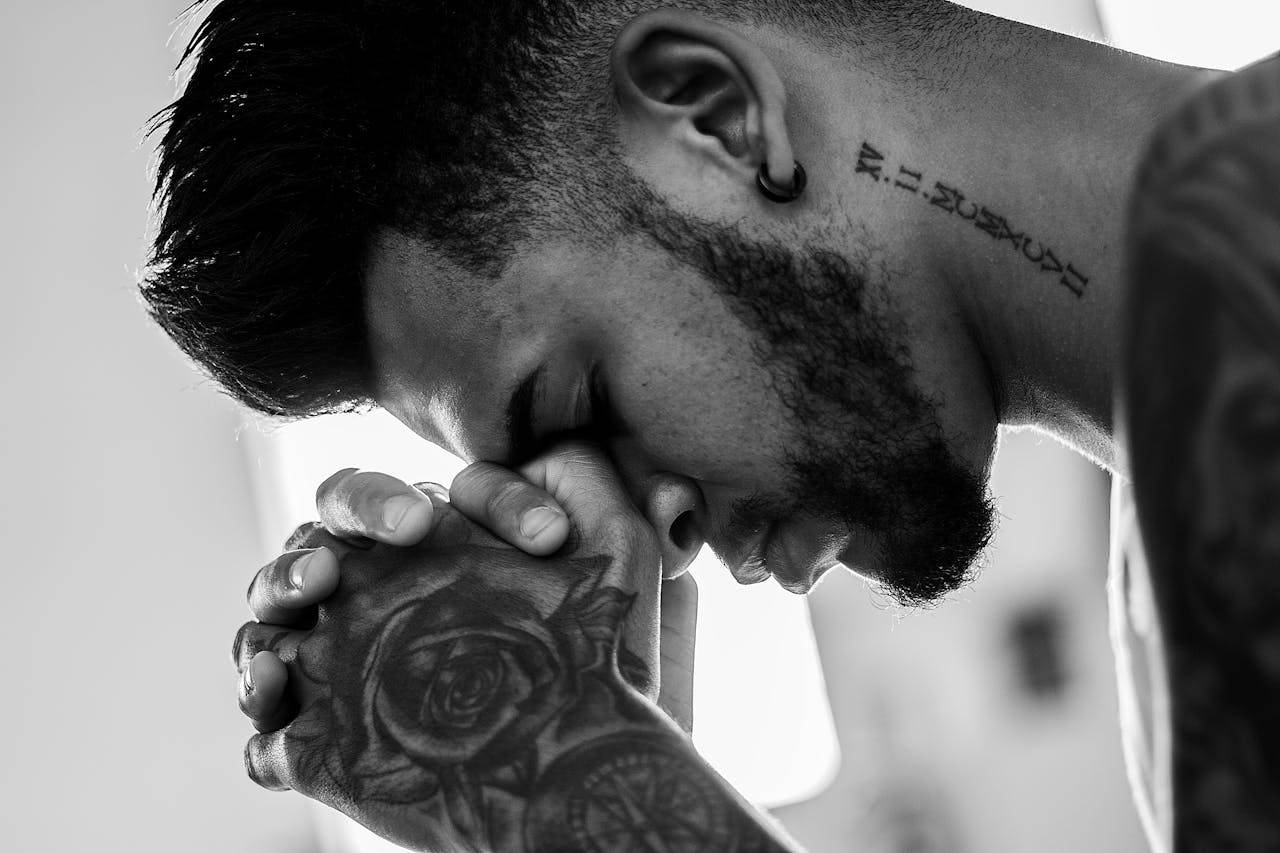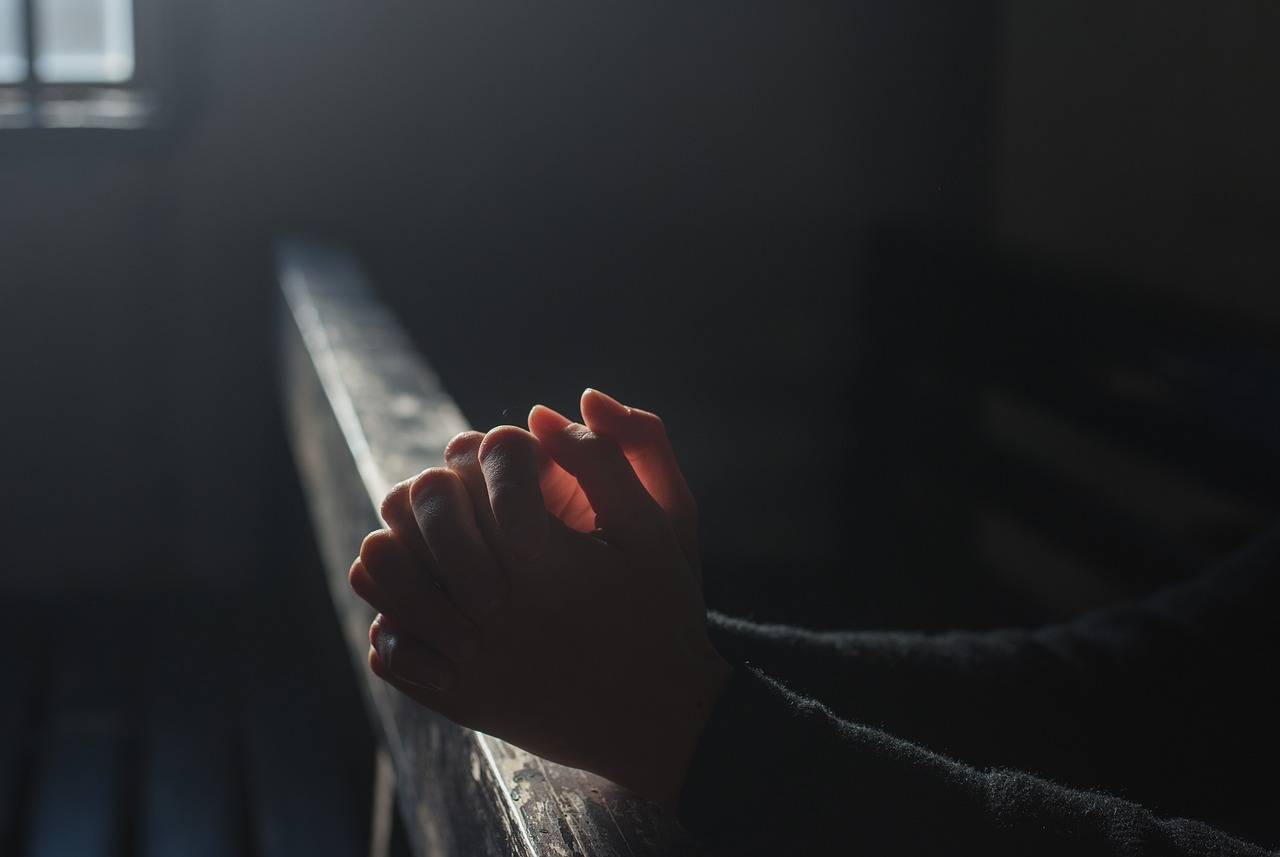One aspect of genius in Catholicism is its universality. Often, we think about this when we consider how the Catholic Church has lasted 2000 years or how it has expanded to almost every corner of the globe. But there is another aspect that can easily be lost: It accepts and brings in many types of people.
Before his conversion, G.K. Chesterton wondered how Christianity could be such a twisted edifice that it included a swashbuckling general like Don Juan of Austria and a pacifist contemplative like St. Bruno, the founder of the Carthusians.
He concludes pointing out how we take in all the extremes: “We want not an amalgam or compromise, but both things at the top of their energy; love and wrath both burning… For orthodox theology has specially insisted that Christ was not a being apart from God and man, like an elf, nor yet a being half human and half not, like a centaur, but both things at once and both things thoroughly, very man and very God. Now let me trace this notion as I found it.”
In recent weeks, a discussion about the mindset of some converts versus that of “cradle Catholics” has been taking place (Essays by Austen Ivereigh, Father Dwight Longenecker, David Mills and Deal Hudson on this topic have previously appeared on Crux along with several other articles elsewhere.)
RELATED: A note from John Allen on the convert debate
Instead of getting into the details of their arguments, I think it is important to realize how Catholicism values a variety of opinions and receives something different and valuable both from cradle Catholics and from converts. We don’t move forward by devaluing one or the other – or even by trying to find a perfectly balanced middle position – but by taking the greatness of each as part of the Church’s edification.
Both being a convert and being a cradle Catholic are charisms the individual has been given. A charism is a particular grace given to one individual but for the benefit of others. Some cases are obvious with converts like Scott Hahn teaching us to better value biblical exegesis, while cradle Catholics like the old lady saying her rosary in adoration for 60 years shows us the value of consistency in our relationship with Jesus.
In a way, the complimentary value of these charisms might be seen better by analogy to other charisms, namely those of religious communities. I am a member of the Legionaries of Christ. If I hear a Franciscan telling me stories about how great St. Francis or Padre Pio were, I’m genuinely edified as I have only read a brief biography on those two. If he talks about the beauty of his religious community life, or its 800 years of history, I’m also edified.
If, however, he says, as no Franciscan I’ve ever known would say, my religious life doesn’t have the same value because my order doesn’t pray the office together and we’re under 100 years old, I would be legitimately annoyed.
As a member of one religious community, Church law rightly forbids me from becoming a member of another community at the same time.
However, I should see the value of the Franciscans, the Jesuits, Dominicans, the Missionaries of Charity, the Marists, etc. Part of valuing those other communities is admitting they are better at some things than my own community.
In Forming Intentional Disciples, Sherry Weddell points out 24 different individual charisms a person can have. She notes, “The whole Church bears responsibility for the charisms and personal vocations of each member.”
We are all called to value and cultivate the charisms of each be that administration, being a convert, being a cradle Catholic, intercessory prayer, or emotional sensitivity to others. Even things we might consider negative are often charisms: We see the charism of many with Down Syndrome bringing joy to the rest of us.
Likewise, we cradle Catholics need to realize the good that converts bring as they often help us see things we’d miss; while they need to realize that we too can help them see things they miss.
The Church is like a family with each one bringing something to the table. My brother-in-law who is a convert brings something that my brother-in-law who was a cradle Catholic does not and vice versa.
Interestingly, in my family I notice more the difference between their preferred styles of worship – with one couple preferring a calm and measured style, while the other prefers a much more ecstatic style, such as experienced in a charismatic Mass.
I don’t see this as diminishing the Church, but as being complimentary, each adding something to our shared Catholic faith. In Protestantism, these two styles would indicate two separate denominations, while we see them both as enriching.
The words of converts and cradle Catholics should both build up the Church. In some areas, converts do things better; in others, cradle Catholics do. Our unity in our Catholic faith makes the Church greater than either could individually.
















